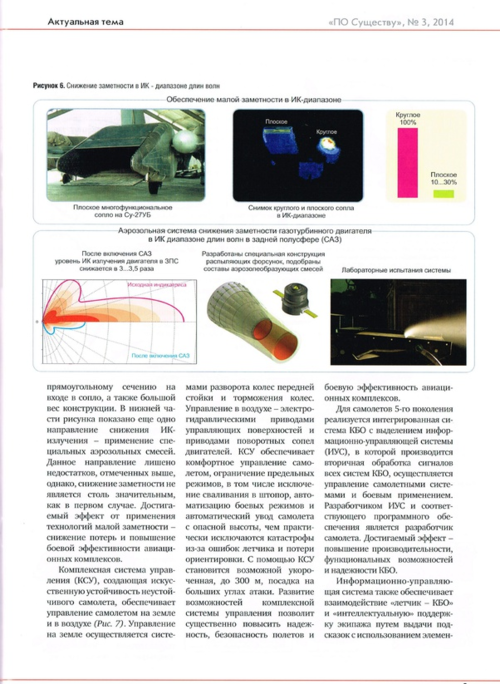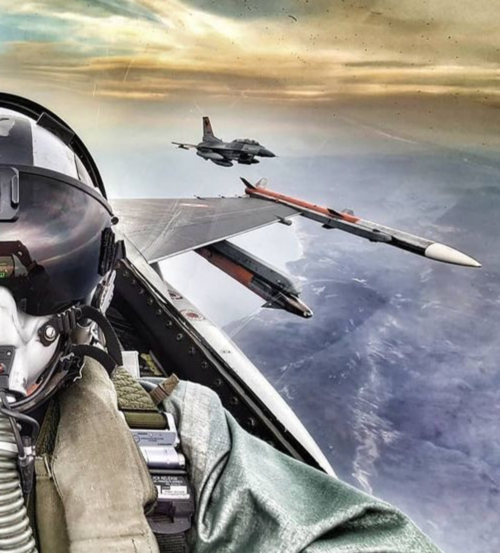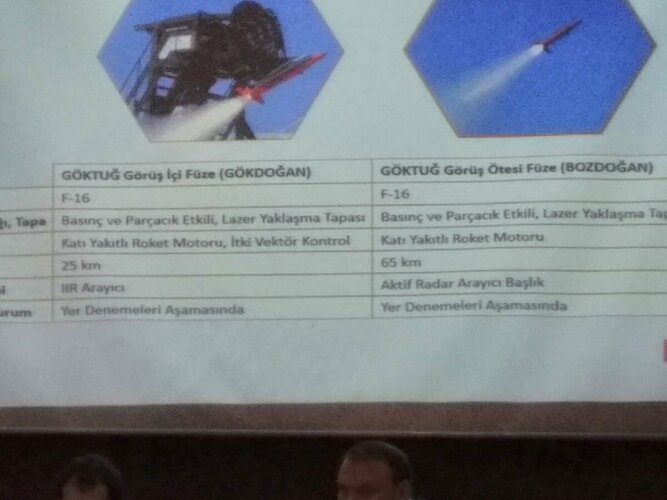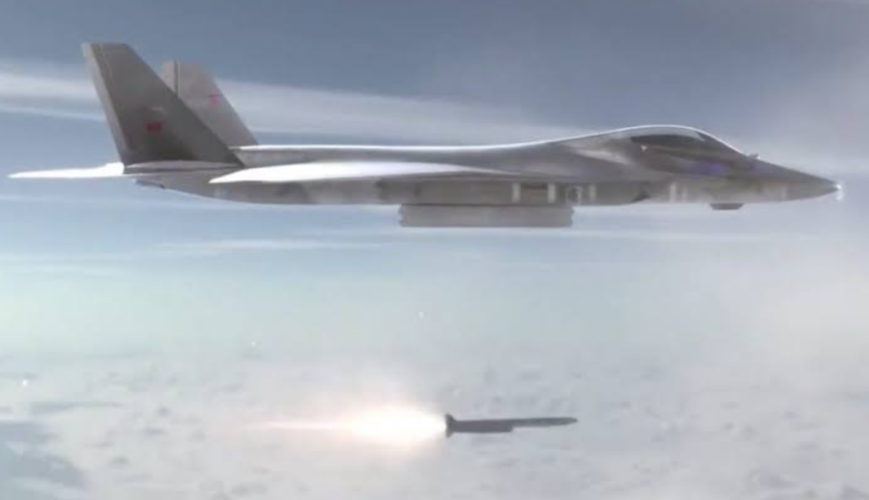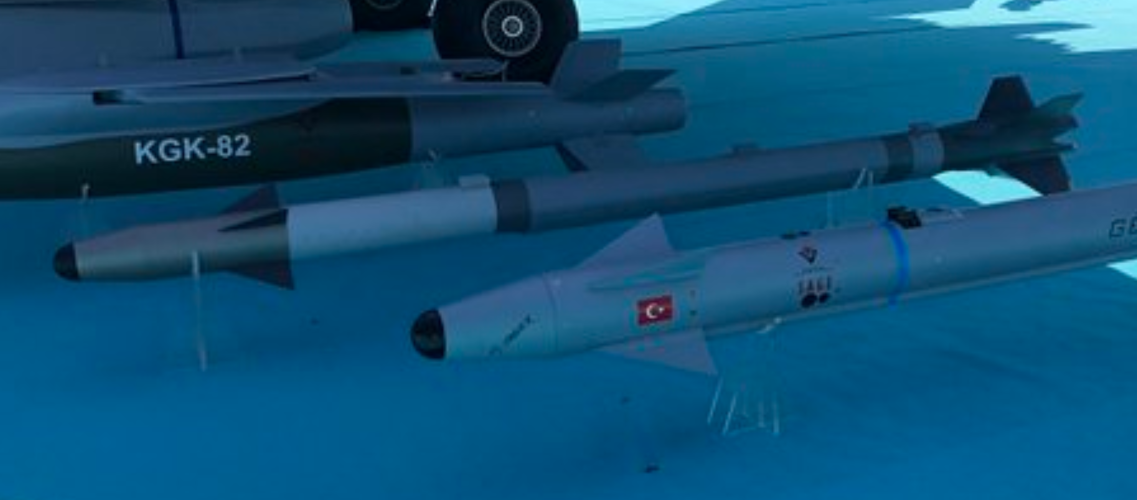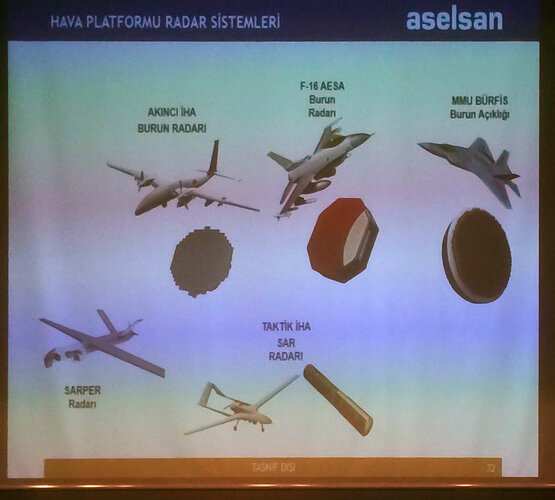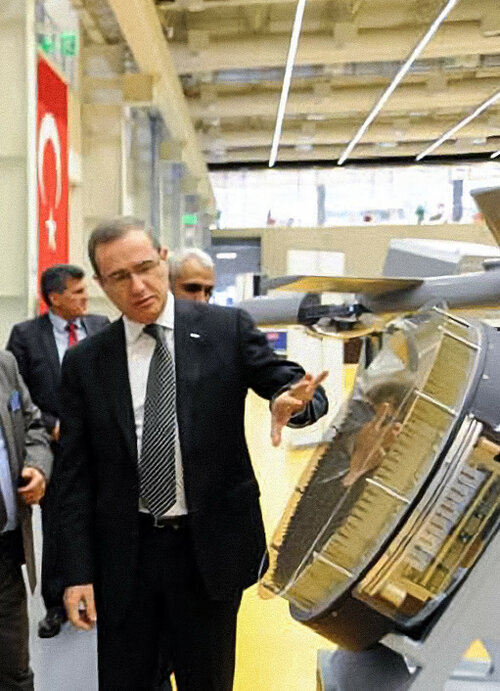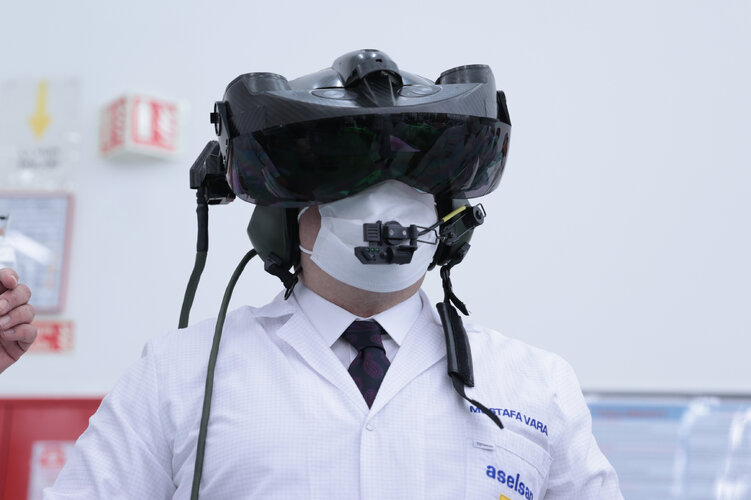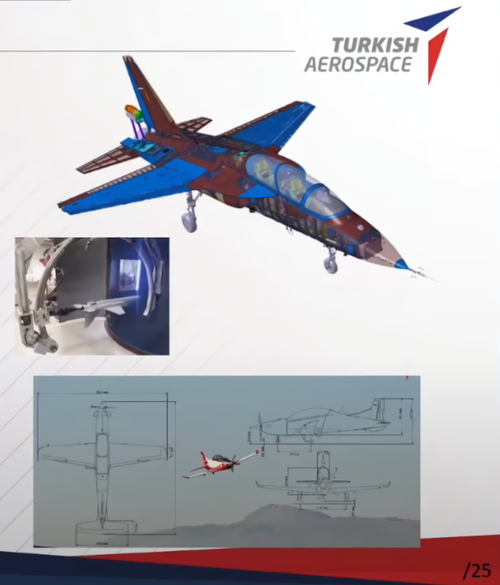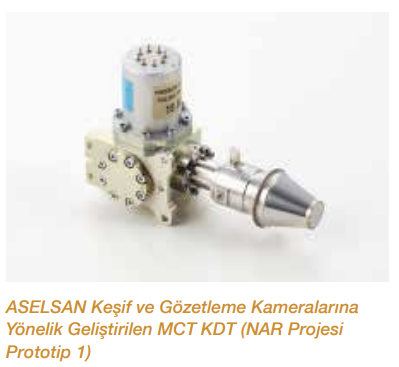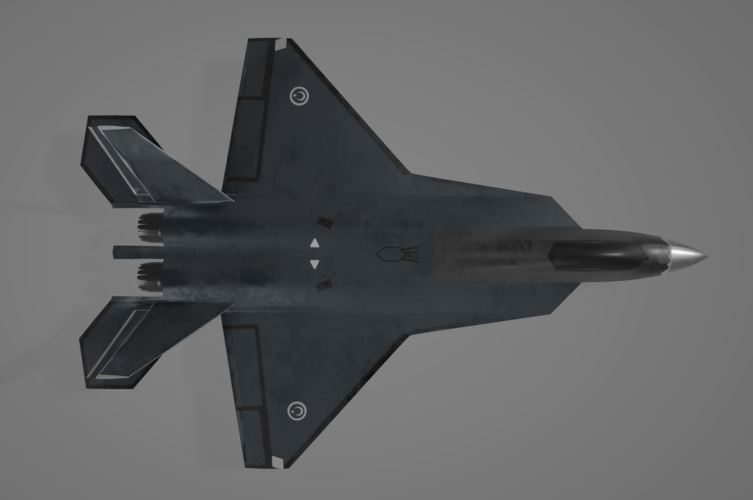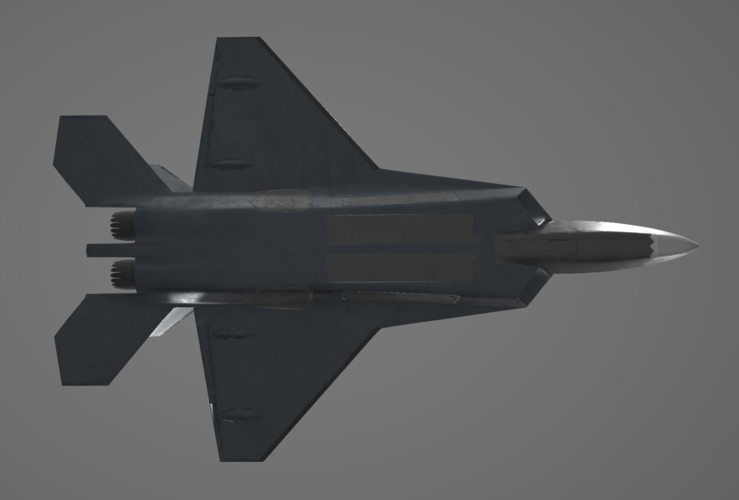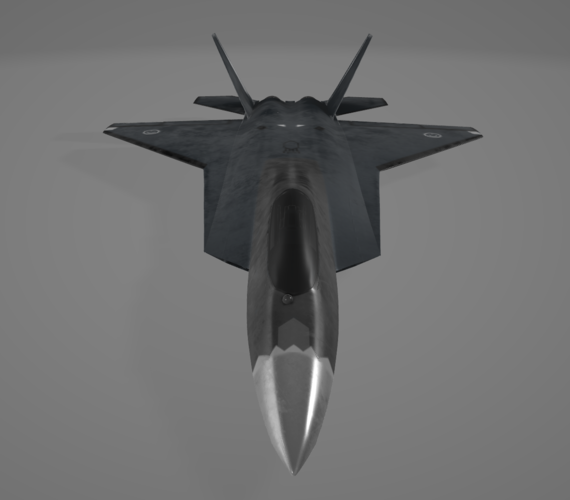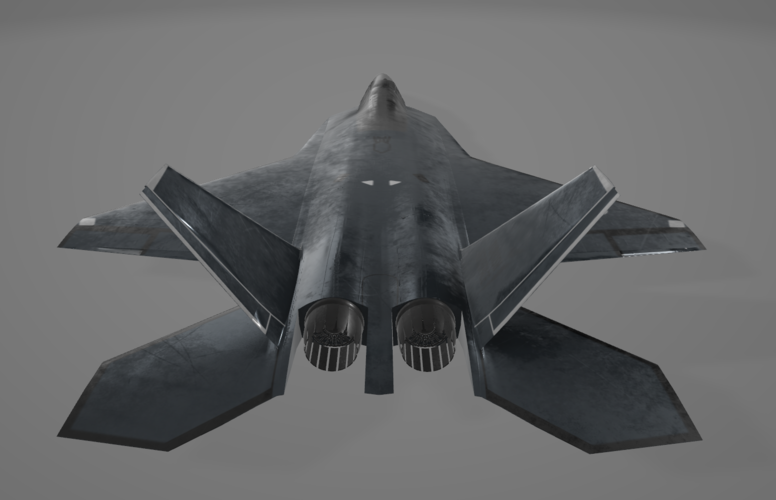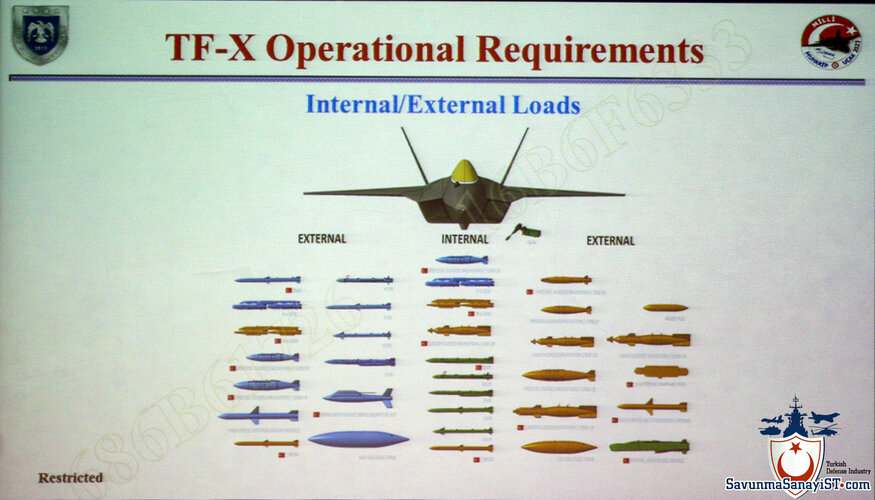Also meta materials ain't anything new. Moreover it is not just limited to signal reduction of aircrafts but could be implemented for a very wide range of technology starting from IR or acoustic signal reduction to application into sensors like single array multi-band radar or even LED display panels. To think that US is playing around not doing much in such field of useful technology is delusional, thus is incorrect.
Of course its nothing new but has to be further researched for better results, sort of like scramjets not going immediately into military operation when the kholod project was presented, all the way until the mid 2020s
https://naukatehnika.com/anapol-novyij-metamaterial-dlya-stels-pokryitij.html "The international team of scientists from NITU "MISS" and the Polytechnic University of Turin (Italy) in cooperation on the project ANASTASIA proposed a fundamentally new version of stealth camouflage, which will allow the radar signal sent to the object not to be reflected, not absorbed, but simply to pass through, as if there is no object. This method of camouflage is not based on the creation of a concealer coating, but on the change of the configuration of the entire system of the object. "The stealth camouflage used today is far from perfect. Such coating is expensive, and for more efficient work it needs the most smooth surface - as a result, in aircraft, for example, have to sacrifice aerodynamic characteristics of the device. At the same time, the absorbed signal still creates a "shadow" - a small response that can detect more advanced location systems. The task of our team was to "teach" objects not to reflect the signal, but to pass it through due to the incitement of the special state of electromagnetic fields," commented Alexey Basharin, project manager for NITU "MISS."
https://eurasiantimes.com/china-loo...h-fighter-jets-with-new-metamaterial-element/ "According to South China Morning Post, Professor Luo Xiangang and his colleagues at the Chengdu-based Institute of Optics and Electronics, Chinese Academy of Sciences, have created the world’s first-ever mathematical model which precisely describes the behavior of electromagnetic waves when they “strike a piece of metal engraved with microscopic patterns”.
As per a test conducted, the Metamaterials are aimed at making the aircraft, stealthier, lighter and cheaper to build, cut the strength of a reflected radar signal (measured in decibels) by between 10 and nearly 30dB in a frequency range from 0.3 to 40 gigahertz."
Requirement for RCS is what you can tradeoff. For example the US and Chinese fighter planes went with a fundamentally lower RCS planes with higher passive SA capabilities housed conformally in the fuselage in mind. On the other hand, the Russians opted for a more hard kill option, a DIRCM coupled with more active sensors such as the side facing radars and wing leading edge L-Band radars, higher kinematics capability. I've also said that it is a "different approach", by which I mean that it isn't something superior nor inferior. Different requirements and approach for the same goal ain't
I remember in the distant past the Su-57 was criticized for not using square exhaust nozzles for a lower infrared signature hence Su-57 fundamentally having less stealth, when the Russians introduced the same thing on their Su-27s but were disappointed with the thrust decrease that they opted for round nozzles and an aerosol solution that lowers their infrared signature for the exhaust 3 - 3.5 times, without sacrificing thrust.
View attachment 652006 Don't even get me started with the ducts and other features, lets agree to disagree the admin created the Su-57 RCS thread for a reason from a Su-57 thread.
I should tell you one thing. The Japanese have already implemented photonic AESA radars for their P-1 few years ago. Sure, photonic radars give you SNR advantage among other things but I wouldn't buy into all those fancy numbers without a concrete context. Also, while Russia was lagging behind in AESA capabilities, Japan was the first country in the world to field AESA on their ship as well as their planes. To think that the west, especially those like Japan and the US are lagging behind in this field is, once more, delusional. If they aren't using it yet for fighter jets, there is a reason for it. In this case, not worth all the fuzz as of yet because the current analog back end being replaced with digital back end already gives significant leap. Thus going even further with technologies like fully digital array where every single TRM acts as one channel, dubbed TRC.
Do you have a source to support that the P-1 had a photonic radar because google search is not helping me? But if you dont think they are not lagging in this field I will make a couple of points regarding their photonic related projects?
1. Has Japan or the U.S. presented terahertz detection for airport security by having people walk through a 10 meter corridor?
2. Has Japan or the U.S. presented any 1hz to 100ghz wideband radar detection for airborne radars?
3. Has Japan or the U.S. presented any ground radar projects or plans of construction dates for them to operate in meter, decimeter, centimeter and millimeter waves.
4. Has Japan or the U.S. presented any submillimeter radars or radars that would work above 300 ghz in detection against miniature drones?
The same company is working on a radar shadowing technique to make detection easier for stealth, but we have yet to see how far they will get with that(The pentagon is probably praying they fail). So do those countries have any similar related projects mentioned from the 4 points above? I tried to find the P-1 source.
The US has seen more advantage in a refueling drone than the outright UCAVs and therefore changed its requirements for the UCLASS. They are opting for even higher levels of MUMT before actually using the UCAVs for such roles and as of now we could already see how this is turning out with their competition for the AI that is to be equipped on board of SKYBORG UCAVs.
To think that this "different pace" thing is actually the case at all is baffling. The US has been fielding various DIRCMs and has been researching photonic radars for years now. If anything, the Russians not being able to implement the works of Ufimtsev before the US only shows the capability of the US to capitalize on a theory for real world advantage and would even fit more to your narrative of "different pace in technology" favoring the US.
Yeah I guess it did look bad that the X-47B was cancelled and that the phantom ray drone is now doing refueling missions? Though I would like the U.S. to soon start testing air to air missiles for drones soon for better overall missions.
They have fielded DIRCM but not for 5th gens yet. and regarding photonic radars are there any such military developments? I see higher credibility with that in Russia than I do with the U.S. and Japan. Rather if they didn't implement Ufimtsev work new discoveries are already on the way in changing the battlefield as always.

